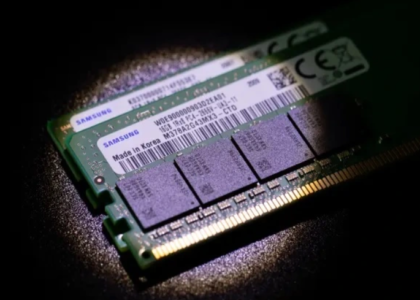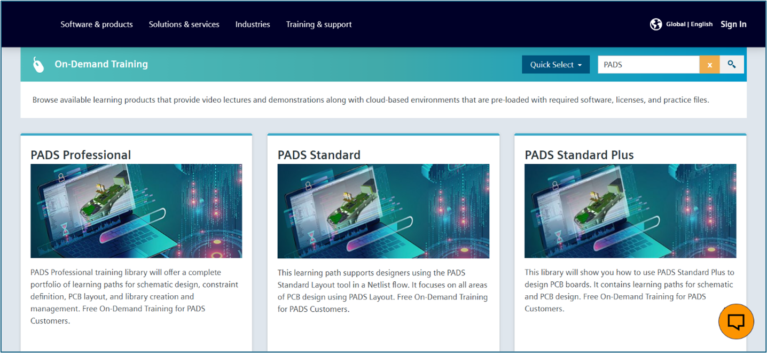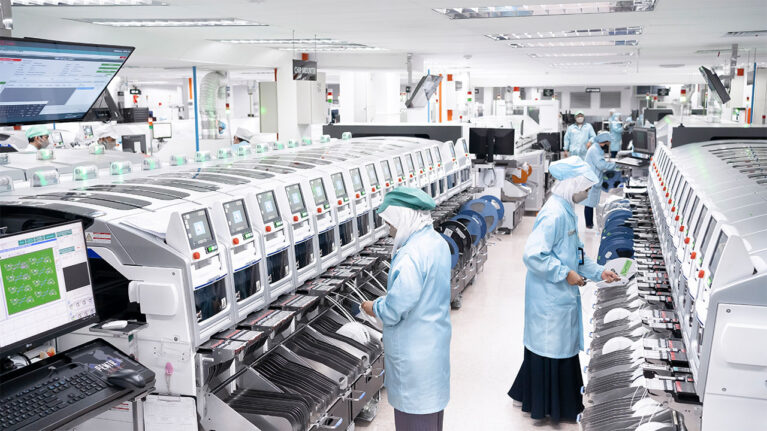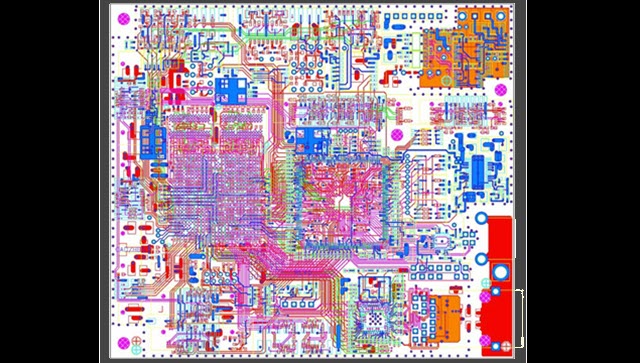Vietnam has a “once in a lifetime” opportunity to participate in the global semiconductor industry value chain. This industry’s worth is forecast at about 1,000 billion USD by 2030.

1,000 billion USD gold mine and Vietnam’s opportunity
The semiconductor industry is the nucleus of the electronics industry. This is a core industry important for the development of other industries such as consumer electronics, renewable energy, lighting equipment, medical equipment, defense, security, etc.
Strong growth of the semiconductor industry
Over the past 20 years, the semiconductor industry has had rapid growth and great impact in many countries and economies around the world.
Minister of Planning and Investment Nguyen Chi Dung reported at the recent conference chaired by the Prime Minister on human resource development to serve the semiconductor industry. From 2001 to 2021, the global semiconductor industry has grown 14% each year. It can reach nearly $600 billion in revenue by 2023.
The semiconductor industry is expected to continue to grow strongly, reaching 1,000 billion USD by 2030.
Currently, many countries and economies around the world want to participate, have specific and outstanding mechanisms and policies, and take some specific actions to develop this important industry. Even developed countries are willing to spend billions of dollars to support the world’s leading semiconductor businesses and invest in semiconductor projects in their countries.

Vietnam’s advantages in the industry
In light of the trend of supply chain diversification and complex geopolitical developments in the world, to take advantage of human resources, semiconductor industry enterprises have been turning to Asian countries for headquarters and factories. Vietnam has several key advantages that confirm that it is ready for the semiconductor industry.
The first is high political determination from the central to local levels.
The second is the favorable investment and business environment that attracts many large FDI enterprises in the electronics field.
Thirdly, Vietnam has a quality, reasonably priced workforce that has been operating in the electronics industry and is easy to transition into, with more than 50% of the population under 30 years old (the golden population period). and about 1.8 million students graduate from universities and colleges every year.
Fourth, Vietnam has upgraded its comprehensive strategic partnership with most countries with developed semiconductor industries. The joint statement on upgrading Vietnam-US relations to a Comprehensive Strategic Partnership clearly stated two groundbreaking cooperation contents: innovation and high technology, including the semiconductor industry.
In addition, Vietnam is one of the few countries with which the US has signed a Memorandum of Cooperation to develop the semiconductor industry ecosystem, which emphasizes cooperation in developing human resources for the industry.
Human resource training is a top priority
Many experts believe that training high-quality human resources is a top priority to develop the semiconductor industry in Vietnam.
It is estimated that world demand will need to increase by more than 1 million employees by 2030 for all stages of chip design, production, assembly, packaging, and testing. With an abundant labor supply and quality workforce, human resources are considered Vietnam’s biggest and most outstanding advantage compared to other countries and economies in the world.
Mr. Choi Joo Ho, General Director of the Samsung Vietnam Complex, affirmed that Vietnam is increasingly proving its importance in the global supply chain. “High-tech businesses around the world are competing to find investment opportunities in Vietnam, so the demand for high-tech talent is also increasing dramatically,” said Mr. Choi Joo Ho. Therefore, focusing on investing, training, and retraining the workforce so that they can enter the labor market in the semiconductor industry as soon as possible is a strategic direction.
The government is urgently implementing many moves to promote human resource development. The first is to develop the project “Developing human resources in the semiconductor industry to 2030, with a vision to 2045.” The project determines that by 2030, Vietnamese engineers will be deeply involved in the design process, packaging, and testing stages, mastering a part of packaging and testing technology and grasping technology step by step in the production stage.
There are 50,000 engineers who are trained to serve the semiconductor industry at all stages of the value chain. Including 15,000 semiconductor circuit design engineers and 35,000 engineers in other fields of the semiconductor industry, at least 5,000 engineers among them have deep expertise in artificial intelligence. Trained about 1,300 internationally qualified lecturers.

According to estimates in the project, to achieve the set goals, the total budget for implementing the main tasks and solutions of the project until 2030 is about 26,000 billion VND, of which the state budget is about 17,000 billion VND. and socialization source of about 9,000 billion VND. This funding level is calculated based on the cost of equipment and human resources according to norms and practices in the world, divided into specific work items for each group of tasks, solutions, and implementation organizations. presently.
Developing high-quality human resources requires proper and effective training.
Currently, Vietnam has about 40 enterprises in the semiconductor industry, mainly operating in the field of circuit design. The total number of employees working in this industry is about 5,000.
Human resources in the industry are limited.
According to Mr. Nguyen Duc Minh, Vice Principal of the School of Electrical and Electronics Engineering at Hanoi University of Science and Technology, Vietnam’s semiconductor industry’s human resources are close to the world’s, but the number is not large. For example, Hanoi University of Science and Technology is training 50 students in circuit design and about 80–100 students in microelectronics technology each year.
However, students majoring in electronics and telecommunications at Ho Chi Minh City University of Technology and Polytechnic University can participate in the design stage at businesses around the world. The income of circuit design engineers is not inferior to that of engineers in hot fields like information technology.
In the long term, Mr. Minh believes that to develop high-quality human resources, Vietnam needs to train correctly and successfully. Training with the right knowledge and skills and meeting business needs. The representative of Hanoi University of Science and Technology proposed conducting a field survey to know the real demand in the market in terms of quantity and skills. From there, training units will have appropriate strategies to meet needs.
Expanding human resource training in the semiconductor industry is an important factor.
From a business perspective, Mr. Nguyen Thanh Yen, General Director of CoAsia SEMI Vietnam Company, believes that it is necessary to continuously expand the number of personnel working in the semiconductor industry from the above figure of 5,000. Because this is the most important factor in retaining foreign businesses.
Mr. Yen compares the engineering team to the anchor that holds companies together, keeping the flow of investment capital in Vietnam. For the anchor to grow strong and secure, it requires the state’s drastic participation. This expert recommends that there should be incentives and support to attract human resources from home and abroad to this industry, such as reducing personal income taxes.
In addition, Mr. Yen said that to develop the semiconductor industry, it is necessary to determine a long-term strategy of 20–30 years and divide it into many different stages. Perhaps in the first phase, Vietnam needs to prioritize efforts to develop human resources, then build a factory system.
Source: Dan Tri
Vietbay, an authorized distributor of Siemens EDA and a comprehensive strategic partner of Siemens DISW in Vietnam, is proud to be the coordinating unit to organize this important event. With more than 20 years of experience in the field of consulting, providing, and training technology transfer, Vietbay is committed to providing comprehensive IC and PCB design and manufacturing solutions with services and added value. From there, Vietbay helps customers master technology, develop quickly and sustainably in the digital age.
Explore Siemens EDA’s products: https://vietbay.com.vn/danh-muc/thiet-ke-san-xuat-dien-tu-ban-dan
Contact us













